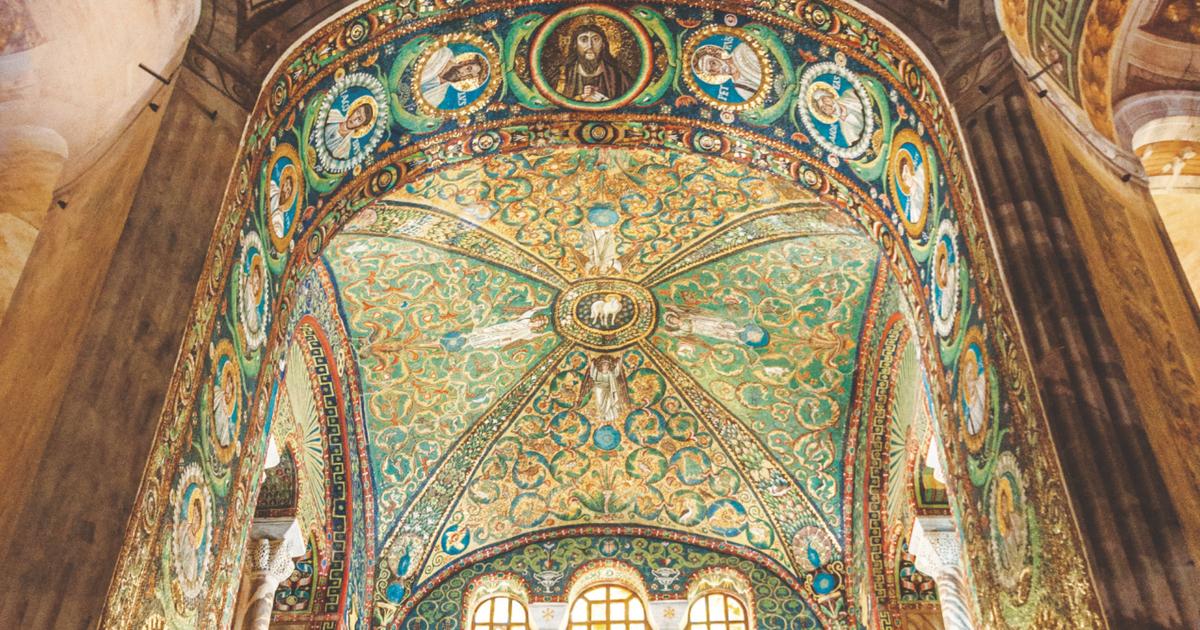"Stuck Nazis" and overestimated Bielefeld: the history of the dirndl in Munich
Created: 09/30/2022, 15:40
By: Miriam Haberhauer
The dirndl is an integral part of Bavaria.
Its origin is often wrongly attributed to Bielefeld and Nazis.
An expert is now clarifying.
Munich – The Dirndl: The traditional dress has become an integral part of Bavaria's folk festivals.
Every year at the Oktoberfest, the prominent ladies put on a traditional costume show in the Käfer tent.
You know: the pictures will go through social media.
The dirndl as a click guarantee.
Oktoberfest 2022: False myth: "Bielefeld brought dirndls to Munich"
The myth is often told that Julius and Moritz Wallach, two Bielefeld Jews, brought the dirndl to Munich.
They then fled to the USA during the Nazi era, while a third brother was murdered in the Theresienstadt concentration camp.
In fact, the influence of the Bielefeld people on the development of the Bavarian dirndl is often overestimated, says Simone Egger from the University of Klagenfurt.
The cultural scientist explains that the Wallach brothers only pursued their great passion for collecting in Munich's Ludwigstrasse: In the "House for Folk Art and Traditional Costumes" the Bielefeld-based company laid the foundation for a large collection of traditional costumes.
Oktoberfest 2022: The most beautiful pictures of the traditional costume and riflemen's procession
View photo gallery
Dirndl origin "no longer comprehensible today"
They were inspired by the existing traditional costumes from the rural regions between Salzburg and Munich.
From a historical point of view, the dirndl has had “the same design for at least 120 years”, dirndl expert Egger is convinced – only the different versions have varied over time.
Where the dirndl originally first appeared is "no longer comprehensible today," says Egger.
The dirndl was already well-known in the Bavarian capital even before the Bielefeld team got involved in Munich.
At the end of the 19th century, more and more city dwellers traveled to the country to “enjoy the summer holidays”, explains Egger.
The people in the country put on their traditional clothes for the wealthy visitors - this is how the popular tourist regions in the foothills of the Alps came into being.
Because of “uptight Nazis”: prudish dirndl during the Nazi era
Under the Nazi regime, the Wallach brothers had to give up their collection and fled to the USA.
Meanwhile, in the Federal Republic of Germany, the avowed National Socialist Gertrud Pesendorfer was commissioned to carry out a "traditional costume renewal".
Pesendorfer "looked for special features of the dirndl in the individual regions and designed their own type for each," explains Egger.
also read
"We misjudged": Kapellmeister Menzl talks about the Bräurosl earthquake - and his future at the Wiesn
Rape in the marquee toilet: woman files a complaint – police publishes a description of the perpetrator
However, Pesendorfer did not fundamentally change the dirndl design.
"The Nazis were so uptight, they certainly didn't make a deeper cleavage," says the expert.
“There have been deep necklines ever since the dirndl came into existence,” adds Egger.
Under the Nazi regime, the dirndl tended to be buttoned up again.
It was much more important to the National Socialists to “spread their ideology on the topic of folk culture” – for example in the form of dirndls.
The plunging necklines didn't come back until the 1980s and have lasted to this day.
Thanks to the “perfect cut”: Dirndl as a timeless piece of fashion?
A bodice, a skirt and an apron: "The dirndl has the perfect cut, it's recognizable and uncomplicated," says Egger.
It offers "an incredible amount of flexibility" and allows its wearer to keep up with the times.
Perhaps that is why its popularity seems to have continued to increase in recent years.
The cultural scientist recognizes a strong increase in the popularity of the dirndl, especially from the 2000s onwards.
According to the expert, after the "long hype" it would be "normal" if this eventually diminished.
The question of which side the wearer has tied the bow on is also a concern for visitors every year at the Oktoberfest - a mix-up can quickly lead to unpleasant situations in the beer tent.
(mlh)














